compost thermometer is worth having
Laurel Zito
11 years ago
Featured Answer
Comments (28)
robertz6
11 years agoRelated Professionals
New Bedford Landscape Architects & Landscape Designers · Fillmore Landscape Architects & Landscape Designers · Rancho Palos Verdes Landscape Architects & Landscape Designers · Berkeley Heights Landscape Contractors · East Patchogue Landscape Contractors · Farmington Landscape Contractors · Mashpee Landscape Contractors · Milton Landscape Contractors · Natick Landscape Contractors · Pueblo West Landscape Contractors · Golden Valley Landscape Contractors · Lincoln Decks, Patios & Outdoor Enclosures · Philadelphia Decks, Patios & Outdoor Enclosures · Portage Decks, Patios & Outdoor Enclosures · Universal City Decks, Patios & Outdoor EnclosuresLaurel Zito
11 years agoburra_maluca
11 years agoblazeaglory
11 years agoLloyd
11 years agoLaurel Zito
11 years agotoxcrusadr
11 years agoblazeaglory
11 years agoidaho_gardener
11 years agojrmckins
11 years agoLaurel Zito
11 years agomytime
11 years agovermontkingdom
11 years agoKimmsr
11 years agorobertz6
11 years agoLaurel Zito
11 years agojrmckins
11 years agodlangend1120
11 years agorott
11 years agotoxcrusadr
11 years agorohanjcp
11 years agojonfrum
10 years agoLloyd
10 years agorohanjcp
10 years agoLaurel Zito
10 years agoLloyd
10 years agorobertz6
10 years ago
Related Stories

GARDENING GUIDESGet on a Composting Kick (Hello, Free Fertilizer!)
Quit shelling out for pricey substitutes that aren’t even as good. Here’s how to give your soil the best while lightening your trash load
Full Story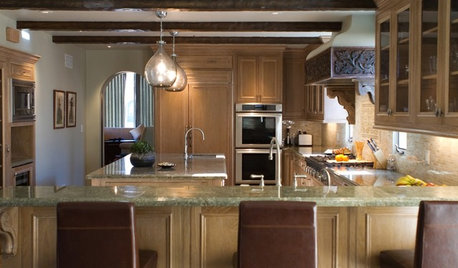
KITCHEN DESIGNHouzzers Say: Top Dream Kitchen Must-Haves
Tricked-out cabinets, clean countertops and convenience top the list
Full Story
GARDENING GUIDESDo You Have This Invasive Plant in Your Yard?
Garlic mustard is spreading across the U.S. Here’s how to spot it and what to do
Full Story
HOUSEPLANTSHow to Force Amaryllis Bulbs Indoors
Enjoy vibrant red blossoms even as gardens turn snowy white, by teaching this hardy repeat performer to ignore the calendar
Full Story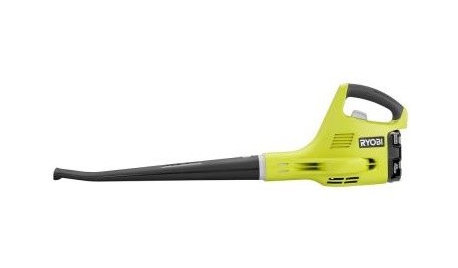
FALL GARDENING8 Must-Have Tools for Fall Backyard Prep
Autumn outdoor work feels overwhelming, but these handy tools can keep it under control
Full Story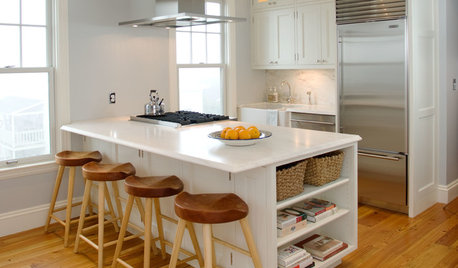
KITCHEN DESIGN20 Kitchen Must-Haves From Houzz Readers
We asked you to tell us your top kitchen amenities. See what popular kitchen features made the list
Full Story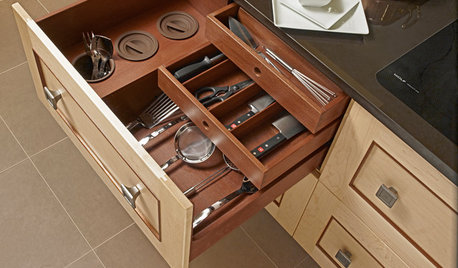
SHOP HOUZZShop Houzz: Go-To Kitchen Gadgets
The perfect can openers, timers, thermometers, graters, measurers and shears for your kitchen arsenal
Full Story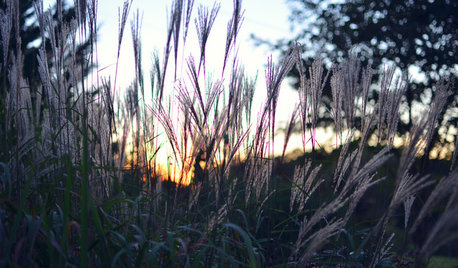
GARDENING GUIDESMid-Atlantic Gardener's November Checklist
Winding down for winter means prepping, potting, piling and picking an indoor solution for daily compost
Full Story0
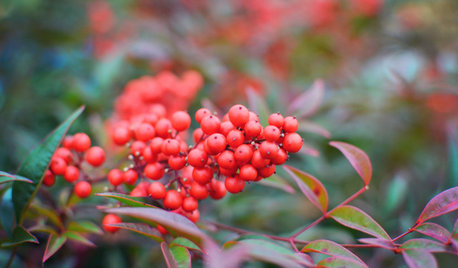
GARDENING GUIDESMid-Atlantic Gardener's January Checklist
Scatter berries while ye may, be kind to your fair-feathered friends and try a time-saving compost trick that will keep you out of the cold
Full StoryMore Discussions








rott